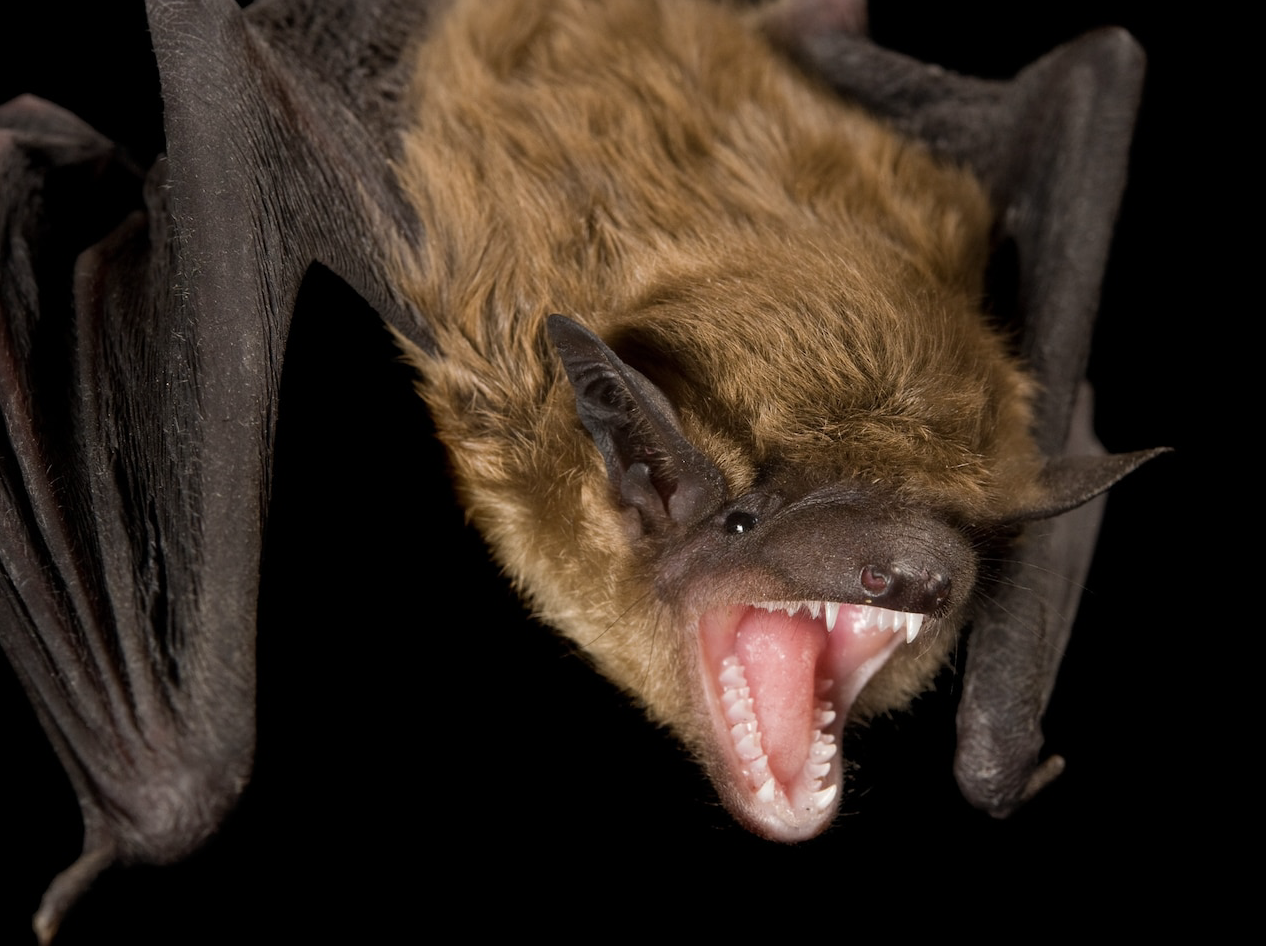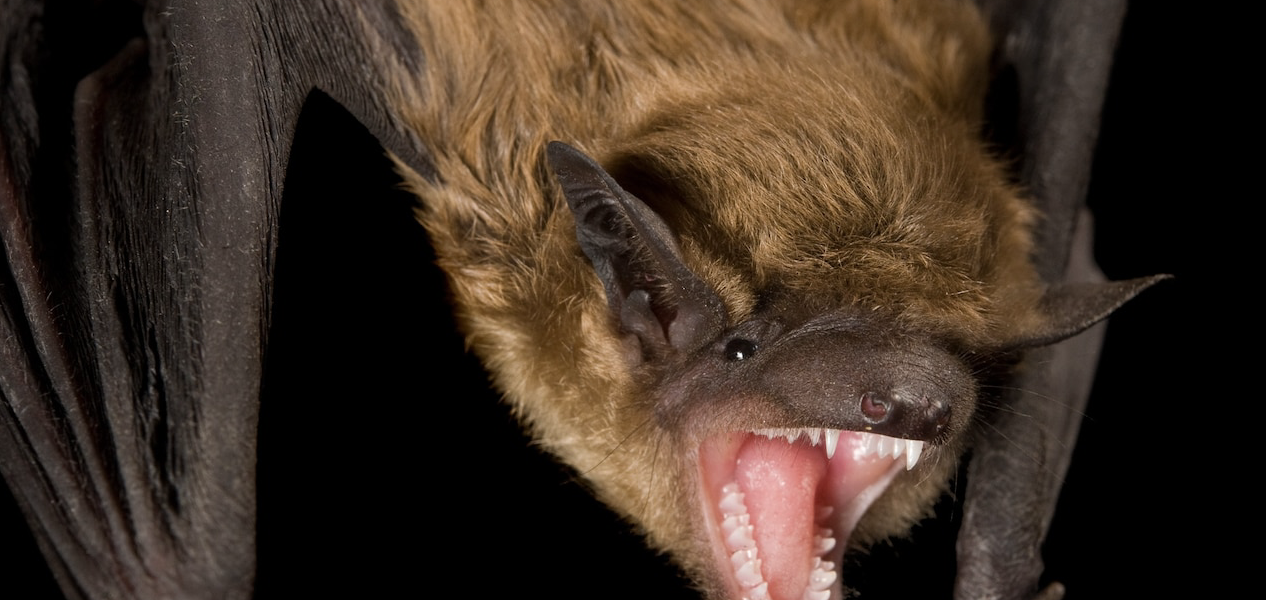
PHOTOGRAPH BY JOEL SARTORE, NATIONAL GEOGRAPHIC
JACKSON (WNE) —Beware of bats behaving oddly.
Grand Teton National Park said a group of hikers came across one last weekend that might have been infected with rabies, a viral disease that will kill people if they aren’t treated before symptoms arise.
The hikers were on the Cascade Canyon Trail when they encountered a bat doing something unusual: flying at them in the middle of the day along a trail.
Bats are an important part of the ecosystem, and fewer than 1% of them have rabies, the park said. But those “that act strangely or contact humans are up to 10 times more likely to have rabies.”
Rabies is spread through saliva during a bite, scratch or mucus membrane contact with an infected animal.
“Because bat bites and scratches can be small, any physical contact with a bat is considered a potential exposure,” the park said. “Rabies is very preventable in humans with proper medical care given shortly after an exposure to the rabies virus, but it’s almost always fatal if untreated before symptoms develop.”
Bats are the leading cause of rabies deaths in people in the United States, according to the Centers for Disease Control and Prevention.
Grand Teton National Park said visitors who have had physical contact with a bat should clean the site of contact with soap and water and seek medical attention for potential exposure as soon as possible. They should also notify the NPS Office of Public Health by emailing a publichealthprogram@nps.gov.
Visitors who see a bat acting strangely or find a dead bat should not approach or touch the bat and should notify a ranger.





